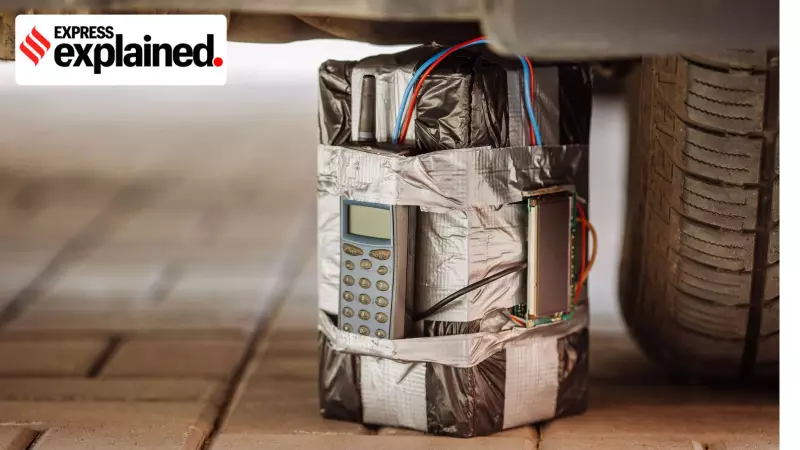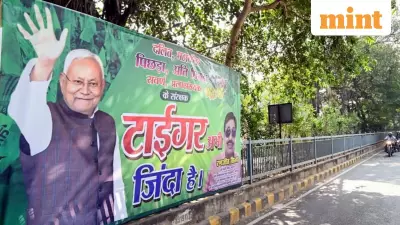
The bustling area outside Delhi's Red Fort Metro Station turned into a scene of tragedy on November 10, when a blast in a moving car claimed at least 13 lives and left numerous others injured. While official investigations continue, security experts suspect an improvised explosive device (IED) might have caused the devastating explosion.
What Makes IEDs the Weapon of Choice for Terrorists?
According to M A Ganapathy, former Director General of the National Security Guard (NSG), IEDs have become the preferred weapons for terrorist groups across the spectrum. The primary reasons for their popularity are twofold: they minimize personal risk to perpetrators while maximizing casualties, and they can be fabricated from relatively accessible materials.
A standard IED consists of five essential components: a container, power source (typically batteries), initiator (detonator), switch, and explosives. The device activates when the switch completes the electrical circuit, triggering the explosion. Terrorists often enhance these devices with additional lethal materials like ball bearings, nails, metal fragments, and sometimes even hazardous chemicals to increase their destructive potential.
The Signature Science: How Investigators Trace IED Origins
Forensic analysis of IED components provides crucial intelligence about the groups behind attacks. The nature of explosives used offers significant clues – whether they're military-grade (like TNT or RDX), commercial explosives (such as dynamite), or homemade mixtures like Ammonium Nitrate Fuel Oil (ANFO).
The switch mechanism reveals additional insights about the perpetrators. Devices can be command-operated (directly triggered by terrorists), timer-operated, or victim-operated (like suitcase bombs or landmines). Combined with the delivery method – whether vehicle-borne, person-borne, or suicide-borne – these elements create a distinctive 'bomb signature' that helps identify the terrorist group involved.
The National Bomb Data Centre of NSG serves as the national repository for all bomb blast information, providing expert analysis on device composition and characteristics.
Emerging Trends and Security Challenges
Despite the recent Red Fort incident, data shows a declining trend in IED attacks across conflict theaters and hinterland areas. However, the nature of these devices has evolved significantly.
The 2019 Pulwama attack on the CRPF convoy exemplifies this evolution, where terrorists used approximately 20 kg of RDX from Pakistan combined with around 180 kg of commercial explosives and locally procured materials. Another concerning trend involves drone-dropped magnetic IEDs in Jammu & Kashmir and Punjab, though such incidents have reduced substantially in recent years.
Security forces face an ongoing cat-and-mouse game in intercepting explosive materials. While border management has improved, the challenge remains immense – border patrols must succeed every time, while terrorists need to succeed only once.
Commercial explosives present another vulnerability. Despite stringent regulations by the Petroleum and Explosives Safety Organization (PESO), pilferage still occurs, particularly in insurgency-prone areas through coercion or collusion.
The Urgent Need for Comprehensive Policy Framework
The complex nature of IED threats underscores the critical need for a holistic National Counter-IED Policy. Such a framework must address both strategic and tactical aspects while clearly defining responsibilities across all security stakeholders.
Experts emphasize the importance of monitoring precursor chemicals that can be used to create homemade explosives. While commonly-used fertilizers in India have built-in safeguards, there's a pressing need to identify and monitor bulk purchases of potential explosive precursors.
As investigations into the Red Fort blast continue, security agencies remain vigilant. The incident serves as a stark reminder that despite declining numbers, the threat of IED attacks persists, requiring constant innovation in counter-terror strategies and coordination among security forces.





